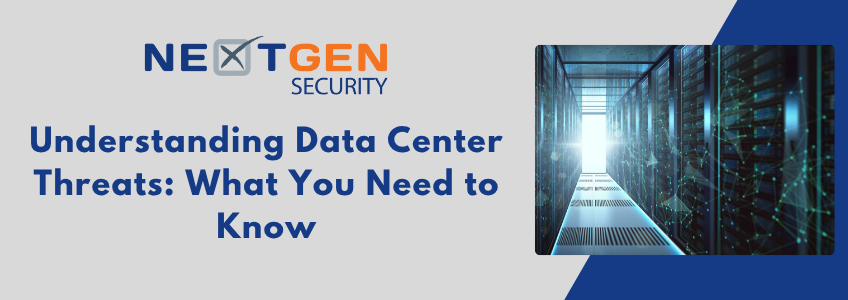Data centers have become much more prevalent over recent years, as the digital world has made sensitive information very vulnerable to security breaches. But the reality is, data centers have actually been in existence since the 1940s, when they were designed to calculate artillery fire during the Second World War by the U.S. Army and were even used by scientists and mathematicians on the Manhattan Project.
Over the years, data centers have gone from only being government-owned intelligence hubs, to being relied upon by many commercial and private sector entities. The expansion is due, in large part, to the introduction of the Internet.
As enterprises of all kinds have adapted to a digital world, data centers have become core to protecting business operations – they house instrumental and often sensitive assets that have to be protected. The need for data centers and the security benefits they provide to end users have become very clear.
They enable centralized data management, as they store all data in one place to enhance efficiency and deliver meaningful operational insights. Their reliability also ensures uninterrupted access to services, protects against breaches, and with disaster recovery and backup capabilities, further safeguard data.
And while all of these benefits are powerful, the reality is that data centers still remain vulnerable to myriad security threats, including ransomware attacks, network intrusions, physical security risks, and DDoS attacks, which are cyber Distributed Denial of Service attacks that aim to disrupt the normal functioning of a targeted server, service, or network by overwhelming it with a flood of Internet traffic.
Translation – these threats can cause service disruptions, deep and consequential financial losses, and serious risks to critical data stored in data centers.
As TechCrunch recently reported at the end of 2024, “We’re almost at the end of 2024, a year that will go down as having seen some of the biggest, most damaging data breaches in recent history. And just when you think that some of these hacks can’t get any worse, they do. From huge stores of customers’ personal information getting scraped, stolen, and posted online, to reams of medical data covering most people in the United States getting stolen, the worst data breaches of 2024 have surpassed 1 billion stolen records and are rising. These breaches not only affect the individuals whose data was irretrievably exposed but also embolden the criminals who profit from their malicious cyberattacks.”
Enterprises across all industry sectors that rely on data centers need to pay close attention to protecting their sensitive data. They should implement shared best practices, stay in compliance with regulations, and leverage advanced technologies such as AI and multi-factor authentication to enhance their data center security. By taking these precautions, enterprises can continue to grow and prosper while mitigating their risks to dangerous security breaches.
NextGen is deeply experienced in protecting clients’ physical and cyber security assets. We are here to assist you. Call on us to learn more about how our services can elevate your level of security.

